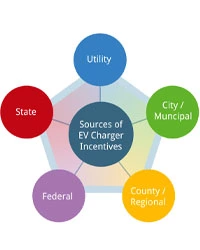Charging your car is part of life for an electric vehicle, or EV, owner. Unlike traditional cars, you can't just stop at the thousands of gas stations located across the county when the tank is getting low. Instead, you have to charge at home or a public charging station. But how long will it take?
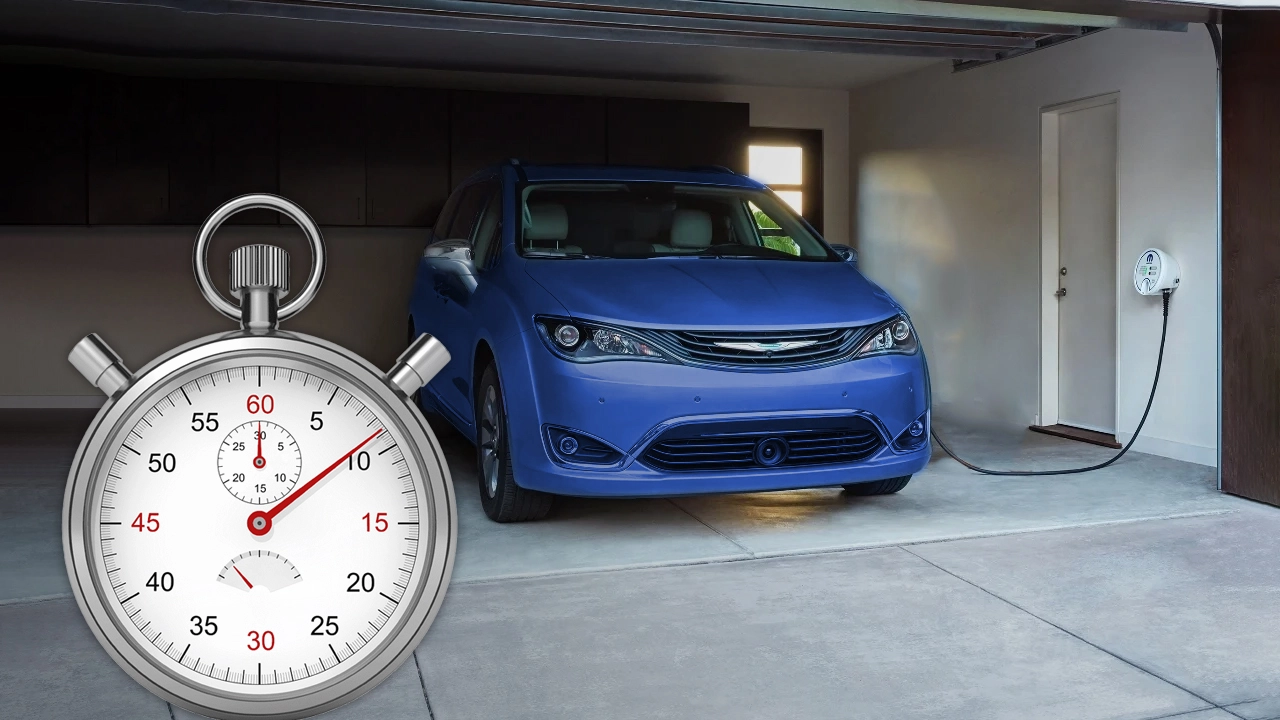
In reality, the range can be anywhere from 30 minutes to 35 hours, and the answer isn't as straightforward as most people would like. Here are some of the factors that will affect your EV's charging speed. The best way to think about charging a car battery is by comparing it to filling a bucket with water. So we'll use that example going throughout this article.
Factor 1: Size of the Car Battery
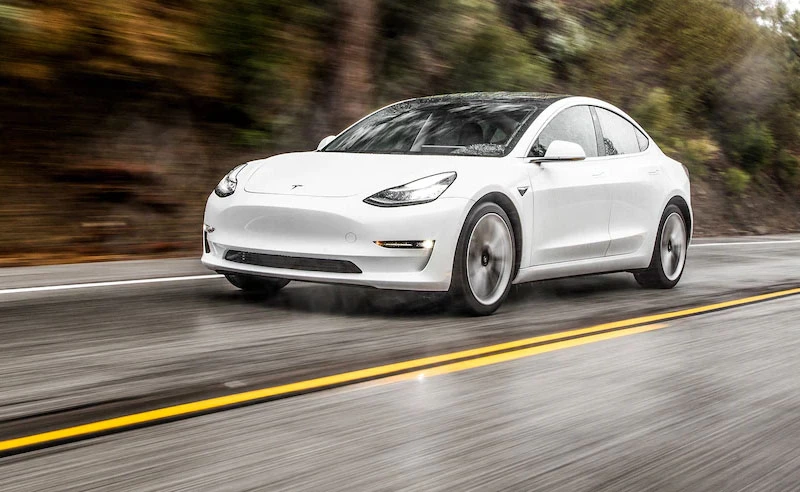
The size of a car's battery plays a significant role in determining the time for a full charge. The battery size can range from 20 to 120 kWh, depending on the car. The capacity is not always directly related to the size of the vehicle. Some models that look the same from the outside have different battery sizes depending on the trim or version of the car. For example, the Tesla Model 3 Standard Range has a 54 kWh battery, while the Tesla Model 3 Long Range has a 79.5 kWh battery.
Think of the size of the battery as the size of the bucket you're going to be filling with water. The larger the bucket, the longer it will take to fill.
Factor 2: The Type of Charger
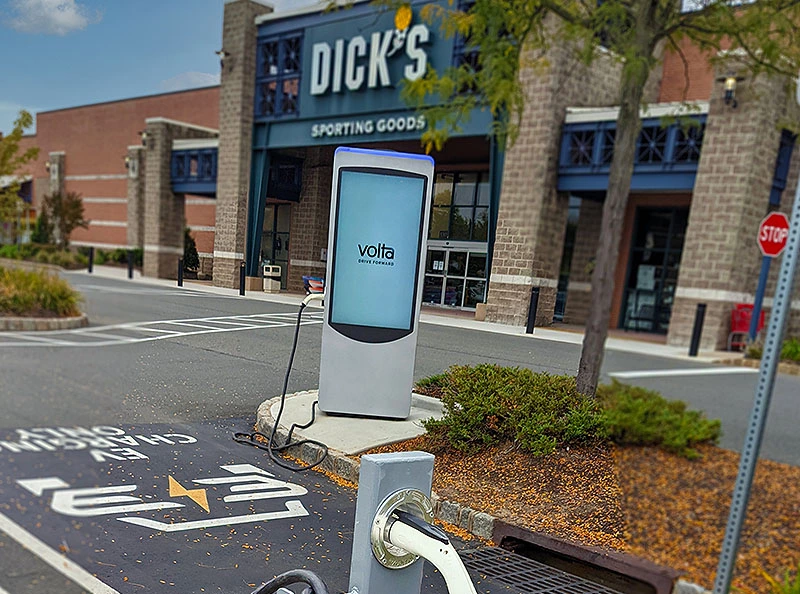
The type of charger also plays a huge role in determining how quickly your car will charge. EV chargers fall into three different categories; Level 1, Level 2 and Level 3.
Most EVs come with a standard Level 1 charger when the car is purchased, and users can upgrade to a Level 2 charger later on. Level 3 chargers, also called DC fast charging, are primarily found in commercial and public applications only due to their cost and complexity.
Going back to our water in the bucket analogy, the type of charger is similar to the size of a hose. A Level 1 is like a small rubber hose, while a Level 2 charger is closer to a garden hose. A Level 3 charger is like a fire hose that can quickly emit a large amount of water.
Not All Level 2 Chargers Are The Same
Even in the same class of charger, the speed can vary. Generally speaking, the more amps a charger supplies, the quicker the car will top up. For example, the 32-amp Autel Level 2 charger below will fill a BMW i3 in about 4 hours. The ChargePoint 50-amp Level 2 charger will fill it in 2 hours and 20 minutes or about 40% faster.
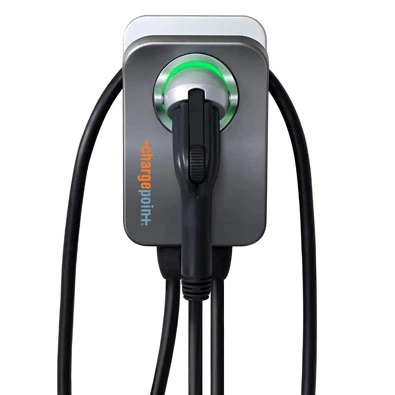
ChargePoint Home Flex EV Charger
50-Amp, Level 2 charger. Flexible amperage settings from 16 to 50 amps. Wi-Fi and Bluetooth enabled.
See Price on AmazonGetting the biggest, most powerful charger isn't always the right answer. Most cars limit how much power they will accept, meaning the vehicle will only draw what it needs. Having too many amps on your charger isn't dangerous, but it's unnecessary and won't improve the maximum charging speed. It will future-proof the installation for other cars you may get down the road, though.
You can find this maximum power limit in the vehicle's specification list or the owner's manual. Sometimes it's called "onboard charger," other times "charging power." The measurement is usually in kW. For example, the standard 2021 Chevy Bolt has an onboard charger rated at 7.2 kW. How does that compare to the Amps listed on most chargers? kW equals the Amps times the Voltage (for Level 2 chargers, this is usually 240 Volts) divided by 1,000.
So if you had a 50-Amp charger, it would be (50 Amps X 240 Volts) /1000 or 12 kW. Since the Chevy Bolt's charger is limited to 7.2 kW, that means the charger is overpowered for that car. So again, it won't hurt your car to use this charger, but it also won't improve speed.
Factor 3: The Current Charge Level
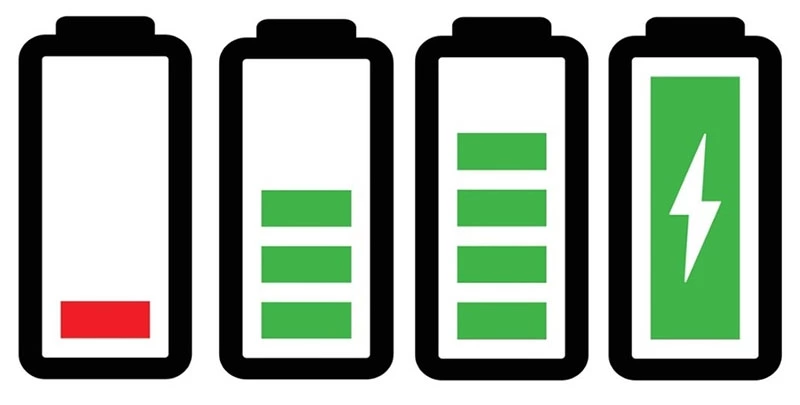
While most people would prefer to have their electric cars charged up to 100% at all times, that's not the optimum level for the batteries. Electric cars use lithium-ion batteries, the same kind of batteries used in cell phones and laptops. Because of the inherent way this technology works, the batteries are much more stable in the 20% - 80% range than at 100% all the time. In fact, some cars will limit themselves to an 80% charge unless you manually override it, perhaps if you're taking a road trip.
Also, to increase safety, most cars significantly reduce the amount of current going to the battery when it's below 20% or over 80%. Back to our water in the bucket analogy, this would be turning the hose down as it gets close to the top of the bucket, so it doesn't overfill.
You have probably noticed these speed changes in your daily life when charging your cell phone. You can top up to 50% relatively quickly, but it seems to take forever to get from 80% to 100%. Each manufacturer has a different system of regulating this top-up charging, so the speed for the last 20% can vary.
Factor 4: Number of Cars Charging at Once
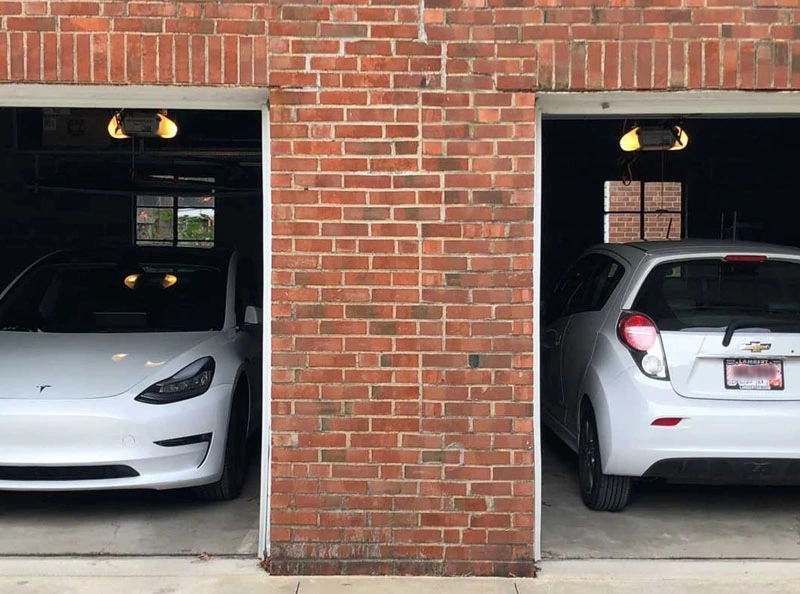
Some EV chargers have multiple ports allowing you to charge two cars simultaneously. While it's great for homes with two electric vehicles, it can also slow down the charging process. For many chargers, when two ports are being used at the same time, the maximum power is split between the two vehicles.
It's similar to a hose has a splitter on the end. There's still the same amount of water coming out, but it's going into two separate buckets, so it takes twice as long to fill.
Factor 5: The Car's Age
A battery's performance will degrade over time. A brand new car will charge differently than one that's five years old. Over time, battery capacity will reduce, and charging speed will decrease. It's just the normal behavior of batteries, but if you find your car's charging seems to be getting slower and slower, a new charger may not help if your vehicle is older.
Use Our Calculator to Estimate Your Charging Time

Using this charging time calculator, you can see an estimate of how long it will take to charge your car. While many additional factors come into account, and your individual time may vary, it will be a good gauge to use when looking at purchasing an EV charger for home.
Try our EV Charging Speed CalculatorRebates Can Help Reduce The Cost
A fast EV charger for home use can cost anywhere between $300 and $1,000. Most also require professional installation by an electrical contractor, which can double this price. Luckily, there may be rebates and incentives available to help reduce this cost. Use the tool below to see if you might be eligible for an EV charger rebate.

